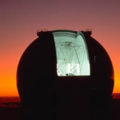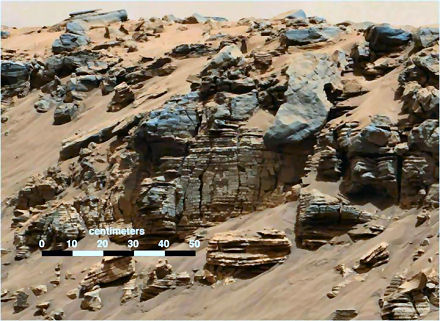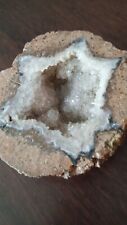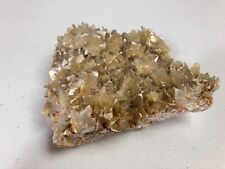
A new computer model suggests that the formation of the first stars depended crucially on the nature of dark matter. Intriguingly, the model also suggests that some of the very first stars that ever formed can still be found in the Milky Way galaxy today. The simulations of the formation of these early stars factored in both so-called “cold”, as well as “warm”, dark matter.
Reporting in Science, The Durham University researchers say that with slow moving “cold dark matter” particles, the first stars formed in isolation, with just a single, larger mass star forming per developing spherical dark matter concentration. In contrast, for faster-moving “warm dark matter”, a large number of stars of differing sizes formed at the same time in a big burst of star formation.
According to the researchers, these bursts occurred in long, thin filaments. “These filaments would have been around 9000 light years long, which is about a quarter of the size of the Milky Way galaxy today. The very luminous star burst would have lit-up the dark universe in spectacular fashion,” said Durham’s Dr Liang Gao.
The research could bring scientists closer to finding out more about the nature of dark matter. “A key question that astronomers often ask is ‘where are the descendants of the first stars today?’ The answer is that, if the dark matter is warm, some of these primordial stars should be lurking around our galaxy,” said co-researcher Dr Tom Theuns.
The models also suggest new ways that black holes could form. The team hypothesises that collisions between stars in the dense filament in the warm dark matter scenario lead to the formation of the seeds for such black holes. “Our results raise the exciting prospect of learning about the nature of dark matter from studying the oldest stars. Another tell-tale sign could be the gigantic black holes that live in centres of galaxies like the Milky Way. They could have formed during the collapse of the first filaments in a universe dominated by warm dark matter,” Dr Theuns noted.
Related articles:
Galactic Cluster Collision Sheds Light On Dark Matter
Star Shows Its Age
Black Holes A Cosmic Contraceptive?
Star Formation Theories Set For Significant Revision









![Star Formation [Counterstrike] ENG Battletech TCG picture](/store/img/g/jlgAAOSwa1Rl4FU5/s-l225/Star-Formation-Counterstrike-ENG-Battletech-TCG.jpg)








Comments are closed.